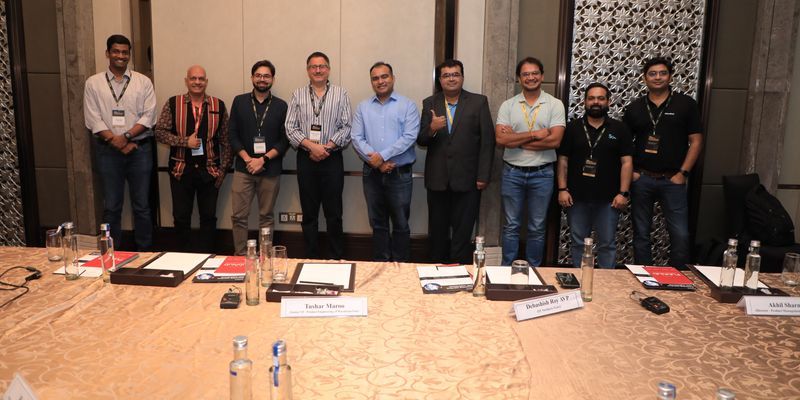
Companies today face the dual challenge of driving innovation while maintaining cost efficiency. This delicate balance has become increasingly critical in the software industry, where technological advancements and financial prudence must go hand in hand. To explore this pressing issue, a panel of industry experts recently convened for a round table discussion on “Dual Mastery: Simultaneously Driving Cost Efficiency & Innovation in Software”, at YourStory’s Tech Leaders’ Conclave.
As businesses navigate uncertain markets, tight budgets, and fierce competition, the ability to innovate without breaking the bank has become a key differentiator. This is particularly true in the software sector, where rapid technological changes and shifting customer expectations demand constant innovation, while economic pressures call for judicious spending.
The roundtable brought together leaders from various domains, including fintech, logistics, and engineering, each offering unique insights into this complex challenge. Their discussion explored how companies can leverage emerging technologies like AI and machine learning to enhance efficiency and drive innovation, all while optimising costs. The panellists also delved into the impact of remote work on innovation and cost structures, a topic that has gained significant importance in the post-pandemic world.
From startups aiming to disrupt markets to established corporations looking to stay competitive, the strategies discussed offer a road map for achieving the delicate balance between innovation and cost efficiency.
The round table brought together an impressive lineup of speakers, each bringing a wealth of knowledge and experience from their respective fields:
- Todd Greene, CEO, PubNub
- Nitesh Jain, Lead Architect, Application Development, Angel One
- Tushar Maroo, Senior VP, Product Engineering, WarehouseNow
- Robin Philip, Director of Engineering, Technology, Shadowfax
- Akhil Sidana, Head of Growth, 50fin
- Debashish Roy, AVP, IT Project Manager, FPA & IT Procurement, Northern Trust Corporation
- Vyomkesh Tiwari, Senior Director of Engineering, ClearTax
- Akhil Sharma, Director, Product Management, Razorpay
Key takeaways
The discussion revealed that innovation and cost optimisation are interdependent and essential for business growth. Aligning innovation with business goals while optimising costs is crucial, as investing in new technologies and fostering a distributed team environment can drive both innovation and cost efficiency. The balance between the two was emphasised, especially when comparing new startups, which may prioritise rapid innovation to gain market foothold, with established companies that focus on sustaining innovation while optimising existing processes and costs.
A focal point was the investment in AI and machine learning. Participants discussed the challenges of adhering to regulatory requirements while optimising costs through experimentation and resource allocation. Efficient AI adoption was shown to significantly enhance business processes and innovation. The impact of remote work on innovation and efficiency was also explored, with insights on how remote teams can foster innovation while maintaining cost efficiency. Companies achieving significant cost savings on AWS by optimising resources during the pandemic were highlighted as examples.
Another key discussion was the decision between building in-house AI and ML solutions versus outsourcing. Factors such as cost, time, and scalability play a crucial role in this decision. The evolution of this choice over recent years was examined, with companies increasingly favoring in-house development for core functions. Various strategies for optimising costs were discussed, including the use of self-hosted solutions, and system design that balances cost savings with availability and reliability. Real-world examples, such as reducing AWS costs through resource optimisation, illustrated these strategies effectively.
The round table also highlighted practical AI use cases in finance and other industries, from chatbots and risk management to real-time KYC verification and stock price prediction. The importance of KPIs for measuring AI’s impact on business growth and efficiency was underscored, with a focus on improving conversion rates, customer acquisition costs, and system integration. The consensus was on the critical need for a balanced approach to innovation and cost efficiency. It’s clear that by strategically investing in new technologies, fostering an innovative culture, and optimising costs, companies can achieve sustainable growth and remain competitive in today’s dynamic market.










